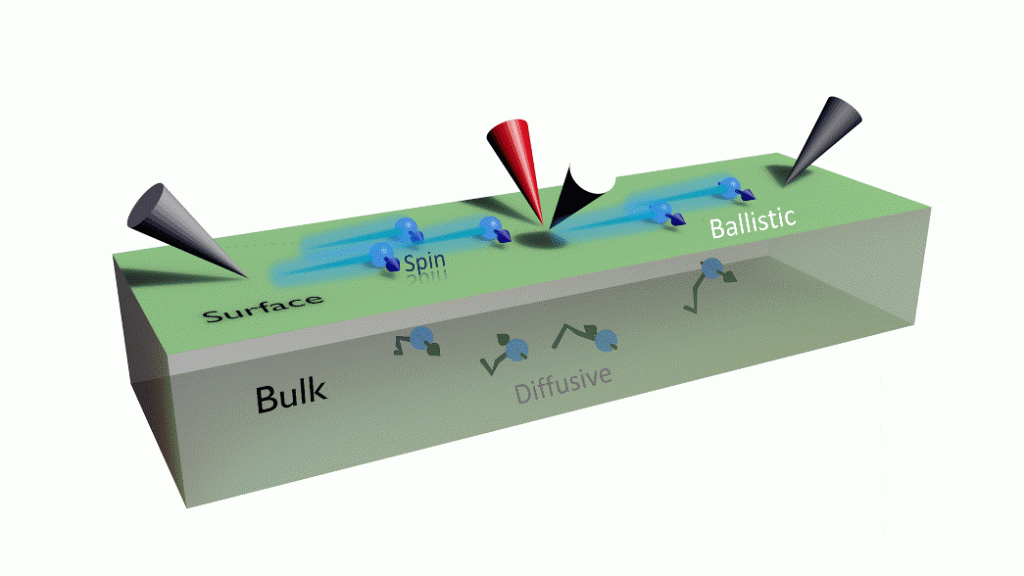Heterogeneities in Quantum Materials
Heterogeneities in Quantum Materials
Studies the effects of compositional and structural heterogeneities on quantum behaviors of fundamental energy carriers and seeks to reveal quantum interactions at the heterogeneities.

Quantum materials are usually heterogeneous, with structural defects, impurities, surface, edges, interfaces, and disorder. While heterogeneities are often viewed as liabilities within conventional systems, they offer powerful platform to create and control coherent and entanglement in quantum materials. It is the electronic and magnetic structures of these heterogeneities that often define and affect the system’s quantum phenomena such as coherence, tunneling, interaction, entanglement, and topological effects. The overarching goal of this theme is to understand the roles of heterogeneities in defining and affecting coherence and entanglement of quantum states to enable new materials for applications in energy and QIS. This goal is achieved by revealing the atomistic-level understanding of structure-property relationships in quantum materials that occur at structural and compositional heterogeneities. This understanding includes the interactions between electronic, magnetic, photonic, and vibrational states of heterogeneities that render coherent and entangled quantum states necessary to enable the design of new generations of quantum materials, including topological matter and quantum light emitters based on heterogenous 2D materials.
Research focused on effective ways of connecting the heterogeneity of structures to the quantum behaviors of real materials will allow us to develop unique capabilities for the scientific community. In this way heterogeneities can be rationally controlled to create desirable quantum states and interactions of various energy states and thus enable a quantum leap in materials research. Heterogeneities in quantum materials will be studied through the execution of three aims:
- Reveal the Structure of Heterogeneities: New approaches to reveal the structural, electronic, magnetic, vibrational, and optical degrees of freedom of heterogeneities.
- Understand the Effect of Heterogeneities: Correlations of coherence, topology, and entanglement of quantum states with heterogeneities.
- Control Heterogeneities: Toward tailored interactions between energy carriers for energy conversion and QIS applications.
This research theme builds directly on expertise in atomic level control and understanding of materials, including the characterization of heterogeneities in low-dimensional (LD) materials through innovative development and utilization of scanning probe and electron microscopy and spectroscopy (such as spin-polarized STM, atomic-resolution 4-probe STM, MAC-STEM, low-frequency Raman and ultra-fast laser spectroscopy) combined with first-principles calculations. These aims motivate key directions in other CNMS themes, DNT and HCMC, driving the development of materials and heterostructures with precisely controlled defects and interfaces in order to test theoretical predictions relating atomistic structure with function. These aims also provide information on electronic behavior to understand MN, where defects and interfaces play a key role. With this assistance, the HQM theme will extend beyond our current understanding of “ideal” materials and provide the critical knowledge needed to control the coupling of electron, spin, and photon interactions in materials to create the designer quantum states that will be the foundations of QIS.

